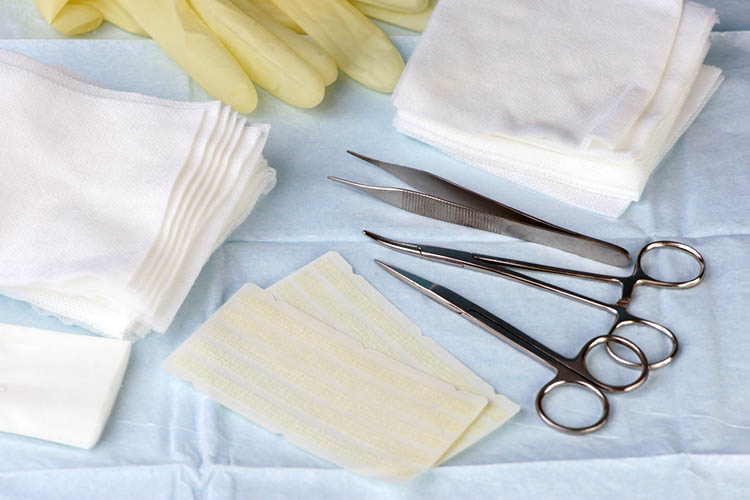
Wound care guideline - Will the wound completely heal
Recognising and assessing a wound is an important part of providing healthcare. Ultimately, however, the overall aim – for you, and for the patient – is to completely and successfully heal the wound.
The following section intends to build on your knowledge of wound care and ensure that any wound assessment is guided by an overall understanding of how to start the healing process, monitor its progress, and eventually reach the best outcome for those in your care.
Initial Assessment
The assessment should include:
- Collection and analysis of past medical, surgical, pharmacological, and social history
- Examination of the tissue within the wound (see ‘Tissue Types‘ above)
- Setting the treatment aim/s
- Ensuring that investigations are attended to and results are followed up
- Making a decision on the type of wound, and following pathways acceptable for this aetiology; and
- Making a plan of care and documenting regular intervals for review.
Skin Tears
The actual aetiology of the wound may assist in making decisions regarding the propensity for healing. For example, category 1 and 2 skin tears should heal within one month, whereas category 3 skin tears may take up to six weeks, depending on location.
If a skin tear is not healed within these time frames, then re-assessment of the whole wound and patient is required. Consideration should also be given to the fact that the wound may have progressed beyond repair and manifested into something such as skin cancer.
Pressure Injuries
Pressure injuries may never heal if the patient is failing to consume adequate food and fluids to maintain body functions and assist tissue growth.
An additional complication could be underlying involvement of the bone (known as osteomyelitis) in deep pressure injuries. If osteomyelitis is not managed appropriately by a qualified physician, it may result in serious sequelae and the possibility of the wound never healing.
Leg Ulcers
Ulceration of lower legs is often complex as the diagnosis may not have been made.
Venous ulcers can heal with compression therapy, however, conversely, some arterial ulcers may deteriorate if compression is used. Therefore having a knowledge of the characteristics of venous and arterial ulcers is imperative to ensure appropriate decision-making regarding the management of these wounds.


